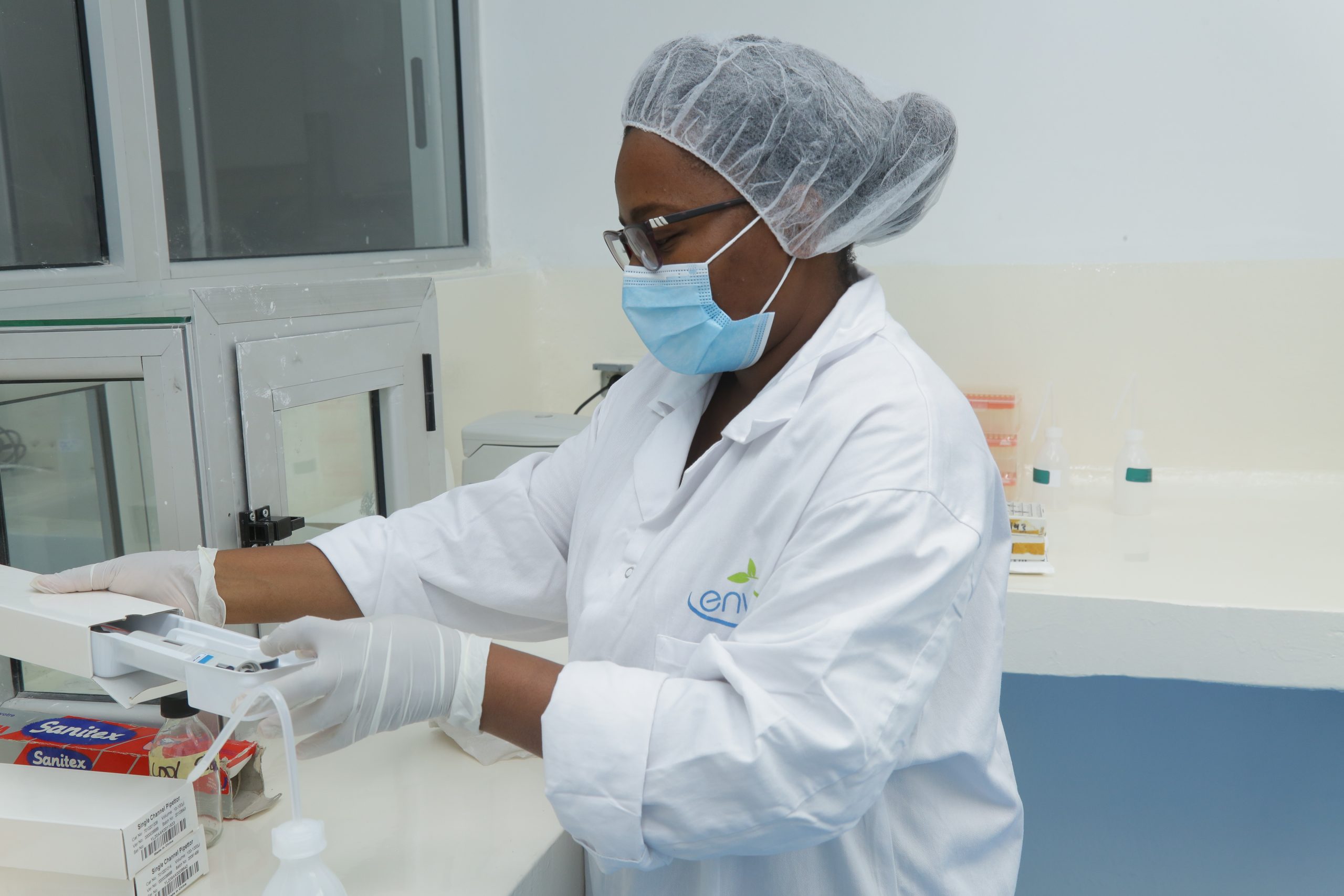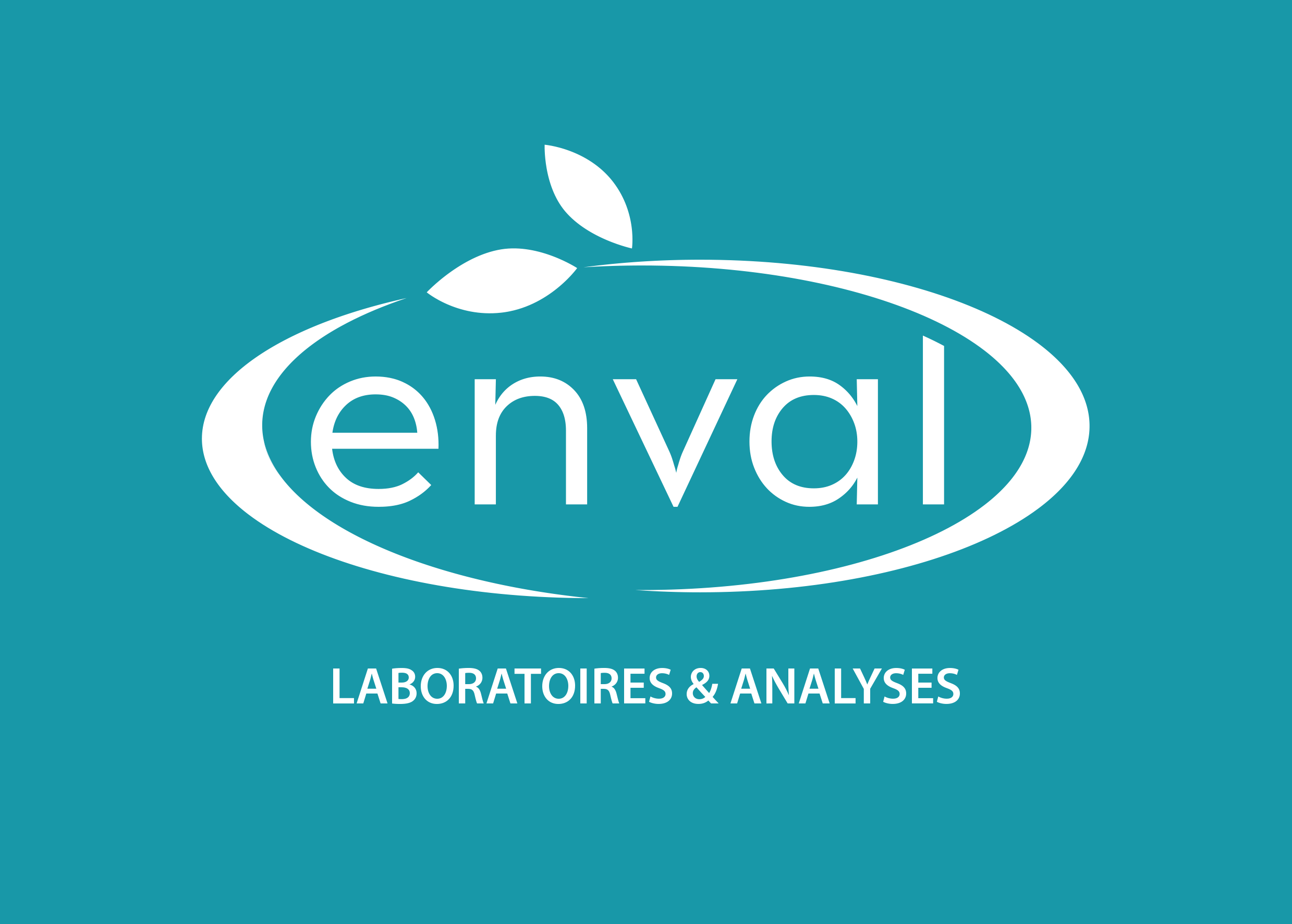
The quality of the living environment, greenhouse gas issues and climate change are of global concern.
The services offered by our laboratory allow an evaluation of air quality and noise pollution:
- Assessment of atmospheric emissions from combustion plants
- Confined and outdoor air quality
- Measurements of sound and lighting levels at work stations and their mapping
- Measurements of dust particles in the atmosphere
Field
The alteration of air quality by physical, chemical and biological pollutants is of anthropogenic and natural origin with detrimental consequences for human health, or for living beings, for climate, and for material goods.
To guarantee the quality of the air, our Laboratory offers you the following controls:
- Pollutants
SO2, NO2, CO
- Greenhouse Gases
CO2, O3
- Piped combustion discharges
SO2, NOx, CO
- Dust fallout
PM2,5; PM10 Particles
In addition, we carry out the control:
Equipment
Analyses are performed with state-of-the-art equipment that is regularly calibrated by accredited international organizations and verified with reference materials certified by the metrology department (using reliable equipment). They measure noise levels, identify pollutants in ambient air (Gas, CO2…), pollutants in industrial discharges, and suspended particles (PM2, 5; PM10 and PM Totals) .
Staff
A highly qualified technical staff that stands out for its professionalism, dedication, availability, responsiveness and attention to customer satisfaction. This multidisciplinary team of engineers and senior technicians in the fields of environmental quality is empowered and trained in the latest techniques and methods of environmental analysis with regular updating on national and international standards and regulations to remain competitive and above all always to give total customer satisfaction.
Sampling
- Measurement of pollutants in the air
The sampling is done with the help of gas detectors equipped with sensors of the pollutants sought in the chosen zone to determine the concentration values of the different pollutants.
- Direct measurement of pollutants in stacks
Sampling is done using a smoke analyzer with a probe that is inserted into the stack to collect and analyze information on pollutant concentrations.
Sampling points are identified taking into account the sources of particulate emissions. The measuring device equipped with a filter is placed in the measuring area to collect and analyze information on dust concentrations.
- Sound level measurement
A measuring device equipped with a microphone covered with a windscreen is placed in the chosen measuring area to evaluate sound level variations.
Testing
In-Situ

